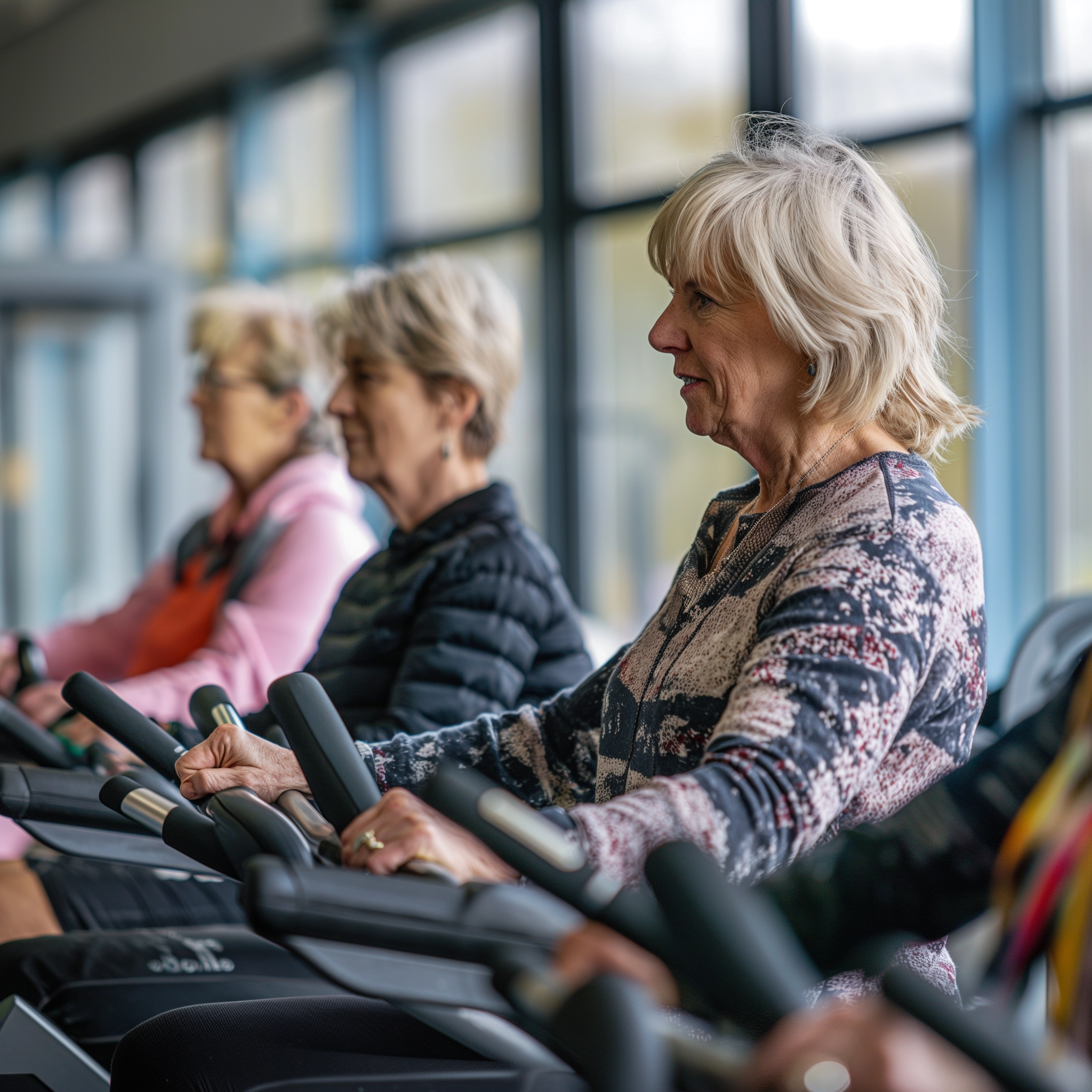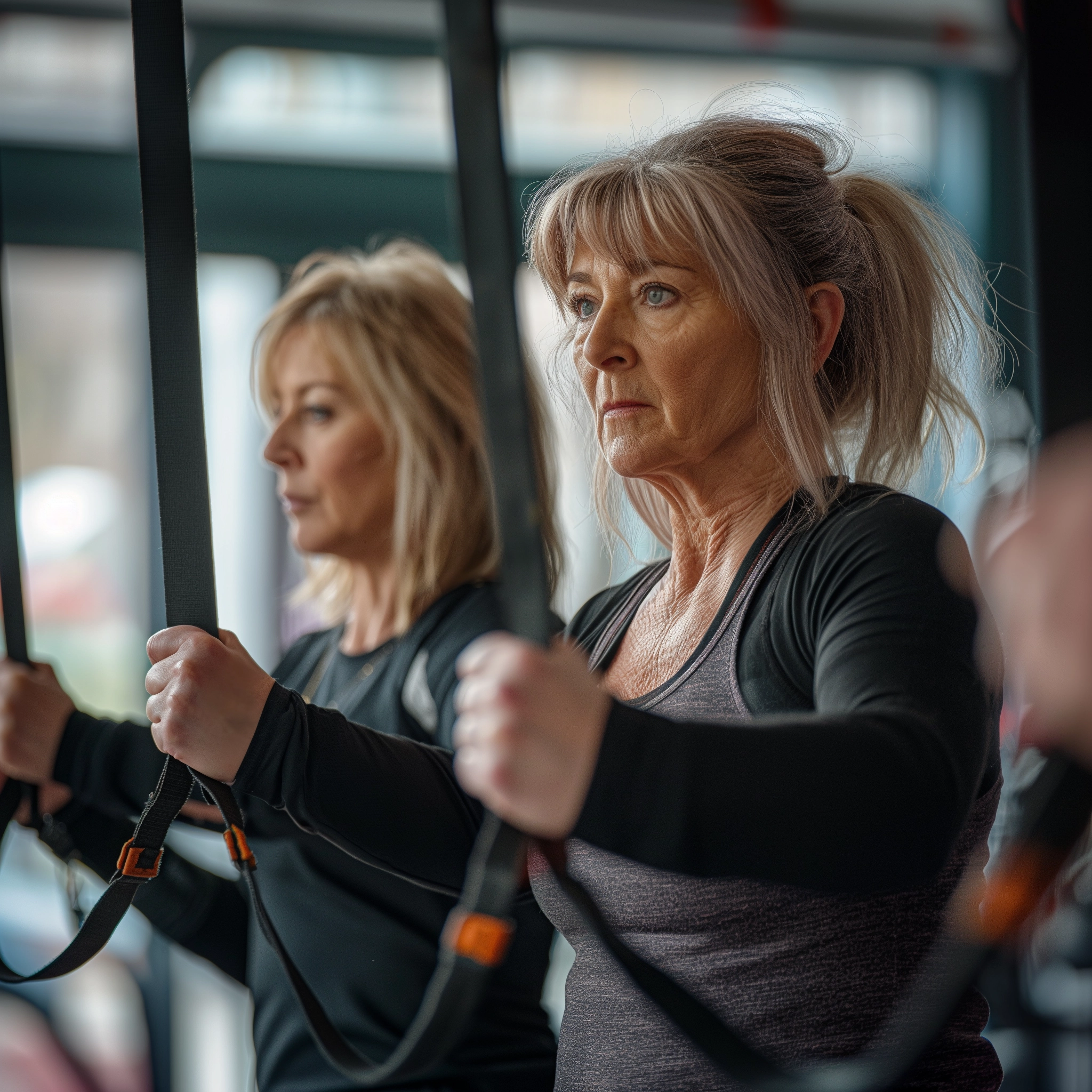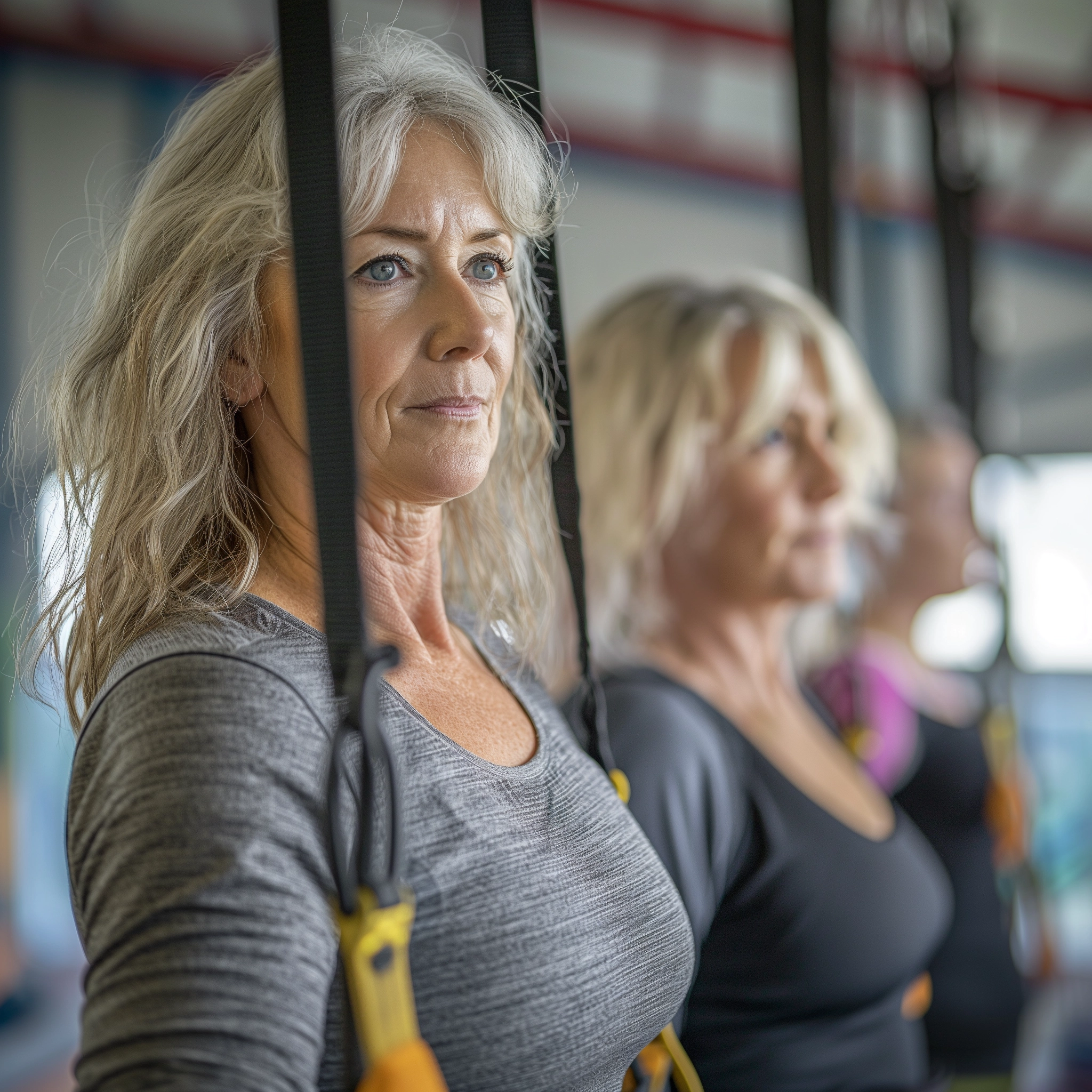Ageless Strength: Fitness Programs for Women Over 50
Importance of Tailored Fitness for Women Over 50
Transitioning into the fifth decade of life brings about a series of physiological changes in women, often including decreased muscle mass, reduced bone density, and a slower metabolism. These changes not only affect physical appearance but also have profound implications on overall health, including an increased risk of osteoporosis and sarcopenia—conditions that significantly impair mobility and independence.
Recognising these challenges, developing fitness programs specifically tailored for women aged 50 and above has become paramount. These programs focus on resistance training as a cornerstone to counteract muscle loss and mitigate the risk of osteoporosis, enhancing the quality of life and prolonging independence.
Enhancing Health through Exercise
Central to the philosophy of these fitness programs is the emphasis on improving strength, flexibility, balance, and cardiovascular health. This holistic approach ensures that all aspects of physical well-being are addressed, aiming for an overall improvement in health and functionality. Exercises are designed to engage a comprehensive range of muscle groups, incorporating activities like walking lunges, barbell squats, seated rows, and glute bridges. Such diversity in exercise types ensures that each muscle group receives adequate attention, promoting balanced muscle development and reducing the risk of injury.
Key Exercises for Comprehensive Benefits
The exercise selection within the fitness programs for women over 50 is meticulously curated to maximise health benefits across all fitness levels. Squats and deadlifts, staples of strength training, are pivotal for engaging the lower body’s major muscle groups, promoting muscle mass retention and enhancing functional mobility. Bench presses and rows complement these by building upper body strength, which is crucial for everyday tasks and maintaining independence.
In addition to these, the incorporation of planks and similar core stability exercises is deliberate. A strong core is the backbone of good posture, essential for balance and reducing the risk of falls—a common concern for ageing adults. These exercises also play a significant role in combating sarcopenia, the age-related loss of muscle mass, and improving bone density, lowering the risk of osteoporosis and fractures. This strategic selection of exercises ensures a comprehensive workout that targets every major muscle group, supporting overall health and enabling women over 50 to lead vibrant, active lives.
Structuring an Effective Routine
Crafting an effective fitness routine for women over 50 involves a deliberate, balanced mix of exercises to cater to the body’s evolving needs. Strength training forms the core of this regimen, aimed at preserving muscle mass and enhancing metabolic health. It’s paired with cardiovascular activities that boost heart health and improve endurance, which are essential for sustaining energy levels and preventing chronic diseases. Core stability and flexibility training are equally prioritised to ensure a robust foundation for maintaining balance, reducing the risk of falls, and enhancing mobility.
A gradual escalation of exercise intensity is recommended to optimise benefits and minimise injury risks. This approach allows for physical adaptation at a safe pace, accommodating individual fitness levels and health conditions. Diversifying the exercise types addresses various physical needs and keeps the routine interesting, combating exercise monotony. This varied yet structured approach enhances physical fitness and bolsters mental well-being, proving that a thoughtfully designed fitness routine can be both sustainable and transformative for women navigating their fifth decade and beyond.
Strategies for Success
The key to success in these fitness programs lies in their strategic approach to exercise. By gradually increasing intensity and incorporating various exercises, participants can enjoy a balanced and full-body workout that remains engaging and challenging. The mix of weight training with yoga, Pilates, brisk walking, and swimming ensures that all aspects of fitness are covered, from strength to flexibility and cardiovascular health. Such variety enhances physical health and keeps the mind engaged and motivated.
Frequency and Intensity for Optimal Results
These programs recommend strength training two to three times a week for optimal results, focusing on the full body to ensure balanced muscle development. Cardiovascular exercises are suggested for most days, with flexibility exercises incorporated three times a week to maintain joint health and mobility. The principle of progressive overload is applied, but with a keen eye on safety and individual capabilities, ensuring that exercises are effective and do not pose a risk of injury.
Nutrition and Recovery
A focus on nutrition and recovery complements the exercise regimen and is crucial for muscle recovery and overall health maintenance. A high-protein diet supports muscle repair and growth, while adequate hydration and rest are essential for recovery and optimal performance in subsequent workouts. This holistic approach ensures that the body has all it needs to benefit fully from the exercise program.
Psychological Benefits of Exercise
Beyond the physical benefits, exercise is a powerful mood enhancer and stress reducer. Regular physical activity has been shown to improve mental health, reduce symptoms of depression and anxiety, and promote a sense of well-being. This psychological boost is particularly beneficial for women over 50 who may be navigating significant life transitions and looking for ways to maintain their mental health and vitality.
Health Considerations
Prioritising health considerations is crucial before embarking on any fitness journey, especially for women over 50. Initiating a medical consultation ensures the program aligns with your unique health needs, setting a safe and effective foundation for your fitness journey. Emphasising joint protection is vital to prevent injury, while strategies to combat muscle loss and osteoporosis are central to preserving mobility and bone health. Tailoring exercises to these considerations enhances physical well-being and ensures a sustainable and beneficial fitness routine, paving the way for a stronger, healthier future.
Objectives
The objectives of fitness programs for women over 50 are multifaceted, focusing on enhancing functional fitness, boosting heart health, and increasing stamina. We aim to improve posture and balance, which are essential for daily activities and preventing falls. Flexibility is another key target, ensuring a full range of motion and reducing the risk of injury. Through a diverse mix of activities, we prioritise the physical aspects of health and the overall vitality and quality of life. This holistic approach is designed to meet the unique needs of mature women, ensuring they can enjoy an active, fulfilling lifestyle with reduced injury risk.
Final Thoughts
Tailored fitness programs for women over 50 are not just about prolonging life but enhancing the quality of. By addressing the specific needs and challenges of ageing, these programs offer a roadmap to a healthier, more active, and fulfilling life beyond 50. These programs encapsulate a holistic approach to ageing gracefully and healthily through strength training, cardiovascular exercises, flexibility routines, and a focus on nutrition and psychological well-being.









